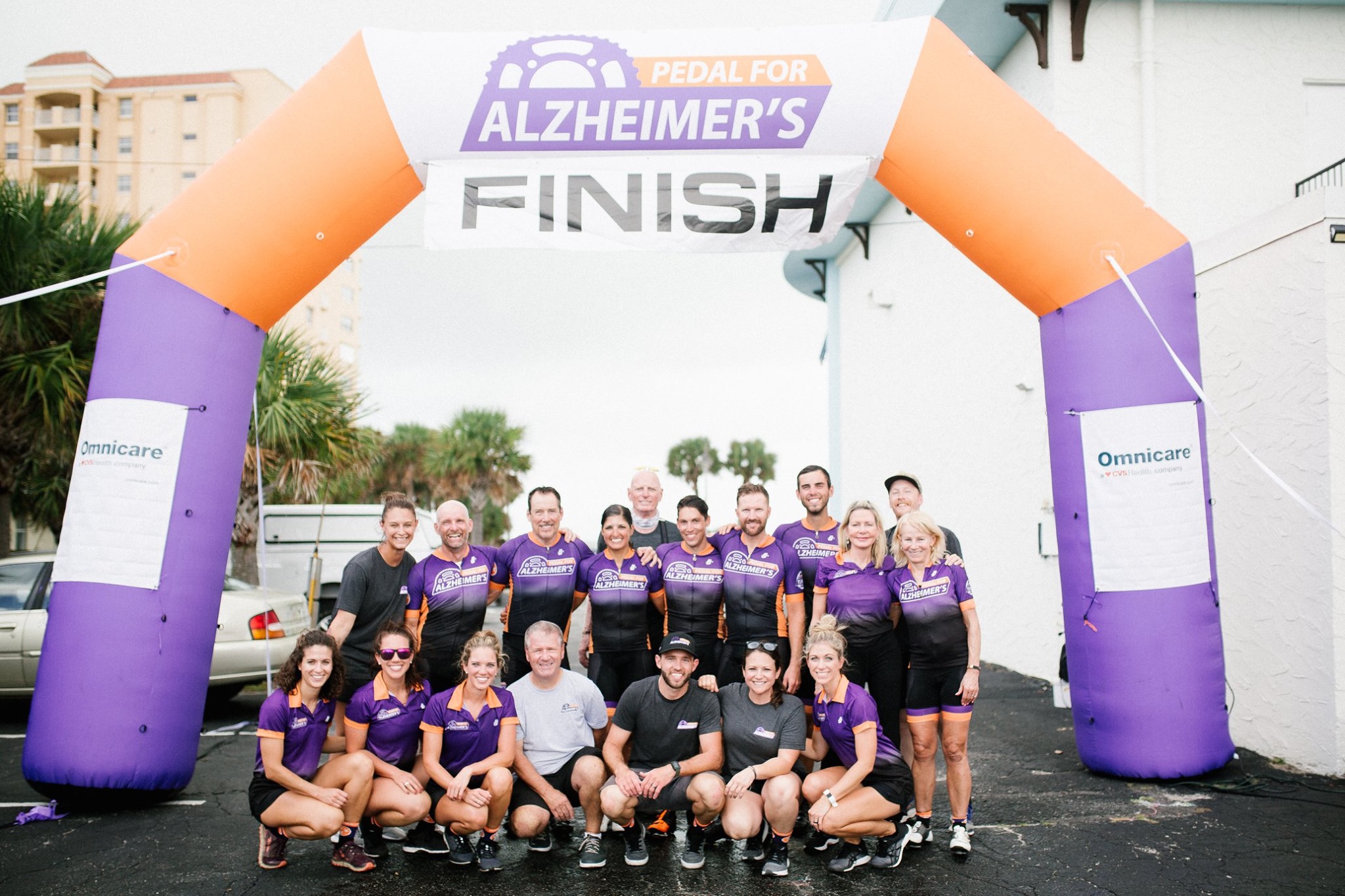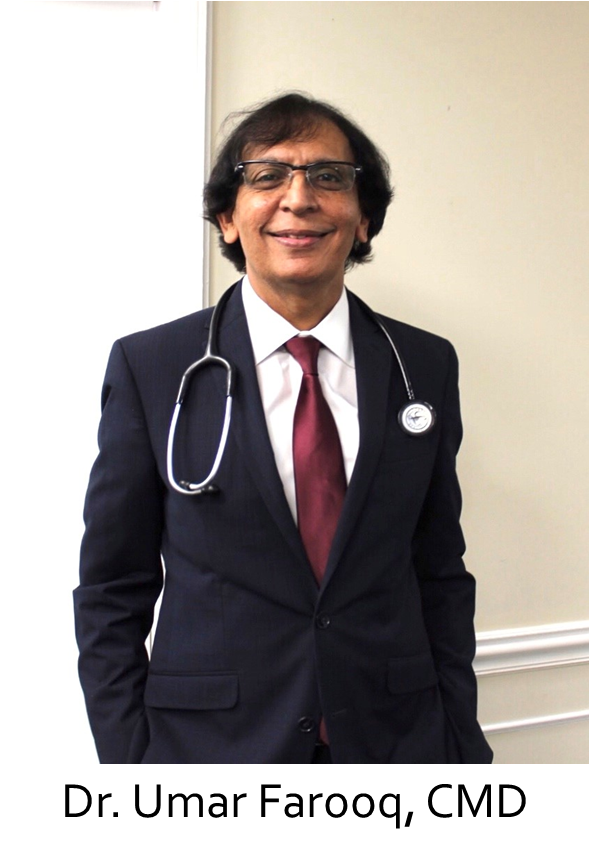New Cancer Drug Take-Back Program Helps Patients Access Vital Medication
February 10, 2020
COLUMBUS, OHIO–The cost of cancer can be measured in many ways. The human toll is steadily declining, with cancer deaths down 27 percent since their peak in 1991. But while early detection and therapeutic innovations are saving lives, the financial burden of fighting cancer can force some patients to make tough decisions about whether they can afford treatment.
With the average cost of new cancer drugs at over $10,000 per month, experts at The Ohio State University Comprehensive Cancer Center Arthur G. James Cancer Hospital and Richard J. Solove Research Institute (OSUCCC – James) are finding innovative ways to expand medication assistance programs to help cancer patients access the medications they need to treat their disease.
“One in four cancer patients say they have engaged in risky behavior to try to save on costs, such as skipping refills or even splitting doses,” said Julie Kennerly-Shah, PharmD, Associate Director of Pharmacy at OSUCCC – James. “Our financial counselors work with patients so they don’t have to make decisions about whether they can afford potentially life-saving treatment.”
Through the OSUCCC – James Medical Assistance Program, financial counselors have helped more than 30,000 patients navigate the complicated world of medication assistance programs, helping patients gain access to vital medications valued at more than $500 million. The OSUCCC – James also worked closely with the State of Ohio Board of Pharmacy to implement new rules that allow patients to donate previously dispensed oral cancer medications that are no longer needed for re-dispensing to patients who cannot afford their medications. The OSUCCC – James has launched a new cancer drug repository program to keep these expensive cancer medications from going to waste.
“Patients who have adjustments to their treatment plan or dosage can end up with extra pills, and until now those pills had to be disposed of,” said Kennerly-Shah. “This new program allows patients to bring that unneeded medication back to the hospital. The donated pills are examined and added to a repository where we wait for the next patient that has a financial need so we can re-dispense that medication.”
The program is in its early stages, but experts hope it can soon be used as a model for institutions nationwide to implement drug take-back programs and also help states implement rules to make these programs possible.

